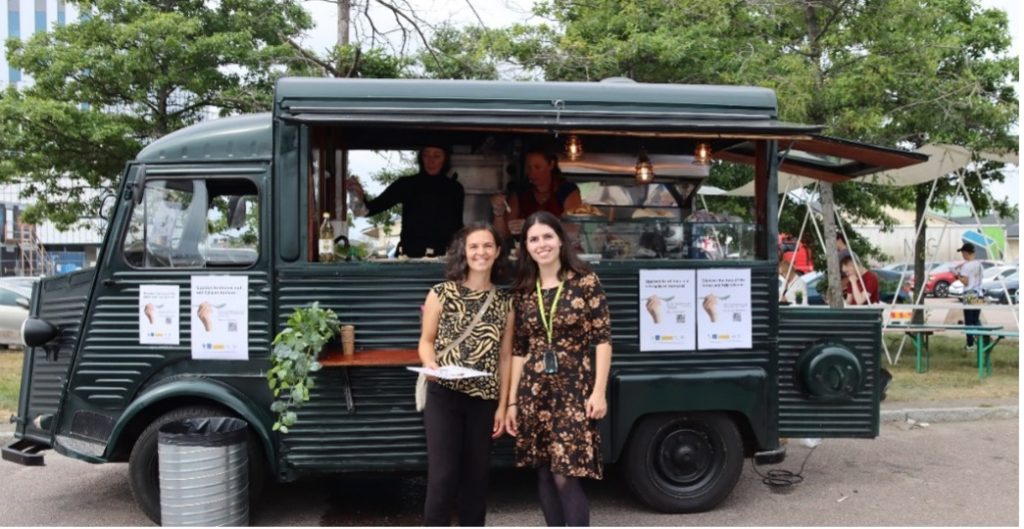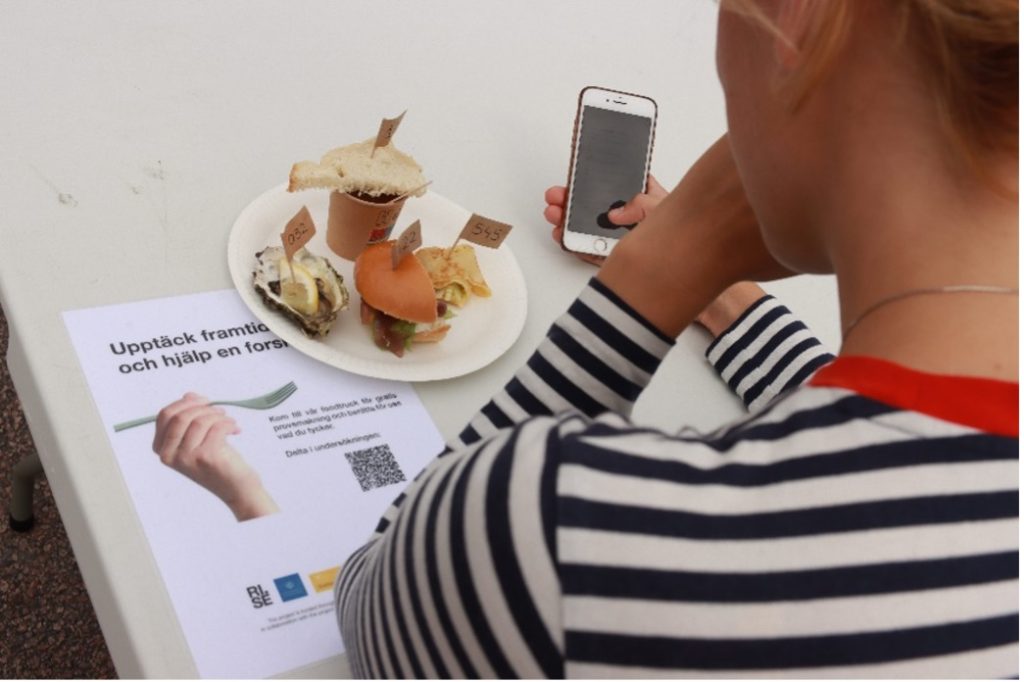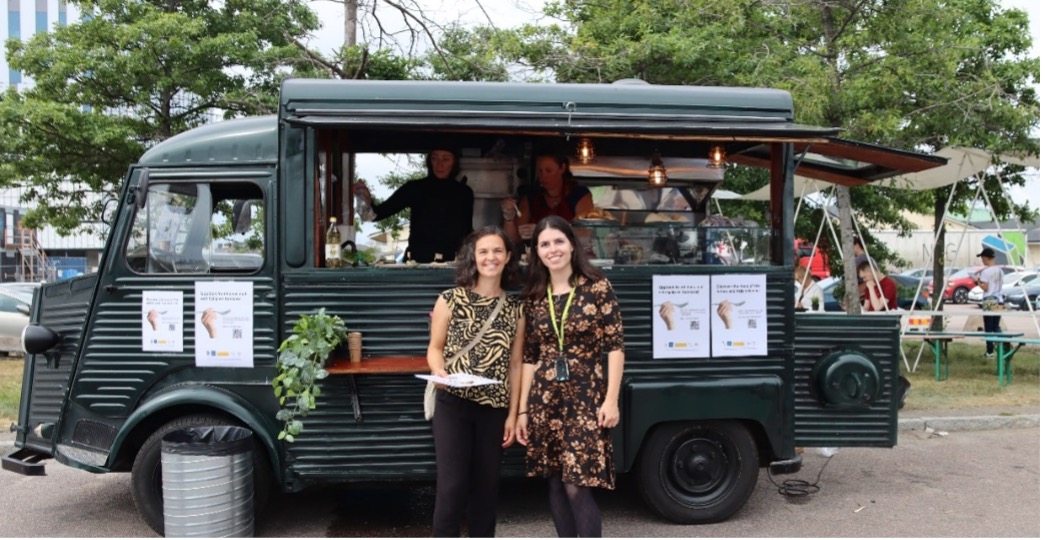Elena Costa – PhD Candidate, RISE Research Institutes of Sweden and Gothenburg University (Sweden)
To learn more about my research project and the Blue Food center more broadly, visit: https://www.bluefood.se/forskning/matneofobi-inom-sjomatskonsumtion/
email: elena.costa@ri.se
LinkedIn: : https://www.linkedin.com/in/elenacosta24/
Understanding the barriers to diversify seafood consumption How can we provide a growing and ageing population with healthy and more sustainable foods? Part of the solution is to change our diets, embracing a wider diversity and including more plant-based foods as well as other alternatives such as insects. Aquatic foods can also support this dietary transition, although they are often overlooked. These include a wide category of species with high nutritional value that generally outperform the production of terrestrial animal-source foods in terms of climate impact. Despite most inhabitants living on coastal regions of Sweden, consumption of seafood is low and limited to very few species (mainly salmon, cod, herring, and shrimp). Other aquatic species, such as oysters and mussels, are not commonly consumed despite historically being an important part of the Swedish diet. Why is seafood consumption is so limited nowadays? That is the main goal of my PhD research. After several years working in the industry, both in Copenhagen and Stockholm, I decided to embark on a PhD journey at the Blue Food center (Blå Mat) in a collaboration between RISE (Research Institutes of Sweden) and Gothenburg University. The focus of my research project is to investigate the barriers that limit a more diverse seafood consumption in Sweden, in particular food neophobia – the reluctance to try novel or unfamiliar foods. Food neophobia serves a protective function to prevent the ingestion of potentially dangerous foods during childhood, but it can continue throughout the lifespan as well. Individuals with higher levels of food neophobia tend to have lower dietary variety, and it appears to be an important barrier to the acceptance of seafood. Currently I am halfway through my PhD and have completed several studies that examine the role of food neophobia in adults in relation to the acceptance of different aquatic species. In one study, we compared the acceptance of different oyster-based samples: raw oysters and oysters presented in a way that mimicked familiar foods (oyster burger, crepe, and soup). The published results in Future Foods show that reframing oysters - beyond its usual raw format and introducing other preparation methods - could help overcome food neophobia. In another study recently published in Food Quality and Preference, we investigated the mechanisms of food neophobia and identified the mediating role of emotional arousal in the acceptance of novel seafood products. In our upcoming studies we will examine whether individuals with higher levels of food neophobia are more responsive to certain food sensory properties (e.g., texture) and how these expectations might limit consumption. Overall, this knowledge will guide future product development to promote healthier and more sustainable diets.





